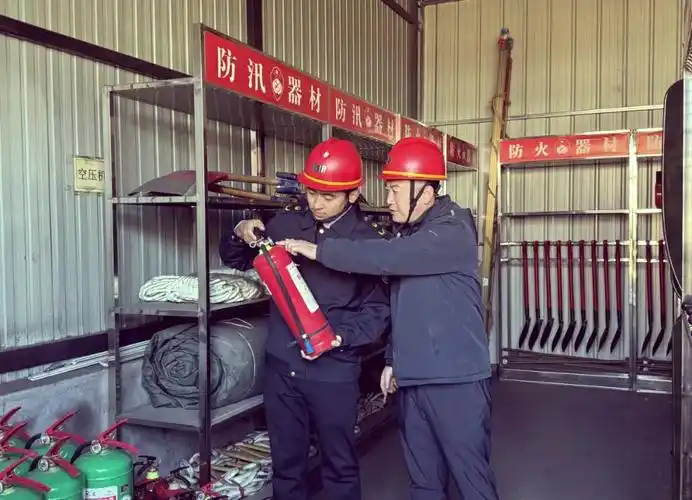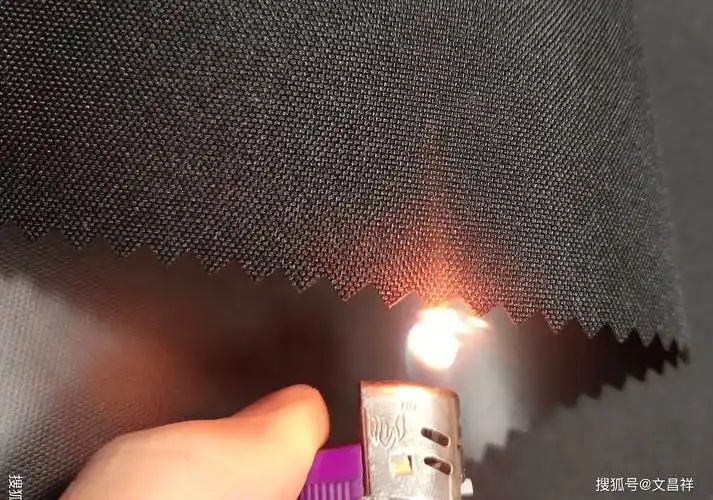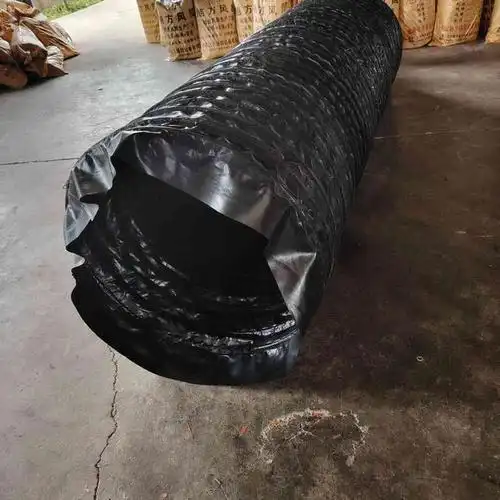Fire Safety Technologies and Standards for Coal Mine
Ventilation Duct Fabric
Introduction
In coal mining, fire safety is paramount due to the high risk of combustible gases and dust explosions. The ventilation duct fabric used underground must comply with stringent fire retardant standards to protect miners and equipment. This article details the key fire safety technologies applied in coal mine duct fabric and the relevant international and regional standards that manufacturers must meet.

Why Fire Safety Matters for Coal Mine Ventilation Ducting
Coal mines contain methane gas, coal dust, and other flammable materials, making the risk of fire and explosion significant. Ventilation duct fabric must not only facilitate air delivery but also:
- Resist ignition
- Prevent flame spread
- Reduce smoke toxicity
Failure to meet fire safety standards can lead to catastrophic accidents, production shutdowns, and legal liabilities.

Core Fire Retardant Technologies
- Flame-Retardant Coatings
Most coal mine ventilation fabrics are coated with PVC or TPU enhanced with flame retardants to prevent easy ignition. - Anti-Static Treatment
To eliminate static electricity sparks, duct fabrics undergo anti-static treatment, critical in explosive atmospheres. - Multi-Layer Composite Structures
Some fabrics use a composite layering approach (e.g., a polyester base fabric laminated with an aluminum foil layer) to improve flame resistance and heat insulation. - Self-Extinguishing Fibers
High-quality fabrics use fibers that self-extinguish when removed from a flame source, minimizing fire propagation.
Important Fire Safety Standards for Coal Mine Ventilation Fabric
| Standard | Description | Region/Application |
|---|---|---|
| MSHA 30 CFR Part 7 | U.S. Mine Safety and Health Administration flame resistance standard | USA Coal Mines |
| EN 14960 | European standard for flame-retardant textiles used in ventilation ducts | Europe |
| GB/T 20455-2006 | Chinese national standard for flame-retardant flexible duct fabric | China |
| ISO 6940/6941 | International test methods for flame retardancy of textiles | Global |
Meeting these standards ensures fabrics are tested for ignition resistance, flame spread, and smoke toxicity under simulated mine conditions.

Choosing Fire-Safe Ventilation Duct Fabric for Coal Mines
- Confirm compliance with relevant regional safety standards.
- Select materials with certified anti-static and flame-retardant properties.
- Consider fabrics with composite layering for added safety and insulation.
- Inspect test reports including burn tests, tensile strength post-fire exposure, and smoke emission levels.
Frequently Asked Questions (FAQ)
Q1: Are PVC and TPU coatings equally fire-resistant?
A: TPU coatings generally offer superior flexibility and chemical resistance, but both can be formulated to meet high fire safety standards.
Q2: Can ventilation duct fabric be repaired after fire damage?
A: Minor damage can sometimes be patched, but severe fire exposure requires replacement for safety reasons.
Q3: How often should fire-retardant properties be tested during use?
A: Periodic testing is recommended every 6-12 months, depending on mine conditions.
Q4: Do you provide certification documents with your duct fabric?
A: Yes, all our products come with full certification and test reports.
Contact Us for Fire-Safe Coal Mine Ventilation Solutions
Protect your workforce and operations with certified fire-retardant ventilation duct fabric designed for the toughest coal mine environments.
🔗 Website: https://xinglianmining.com/
📧 Email: [email protected]
We offer customized fire-safe duct fabrics meeting MSHA, EN, GB, and ISO standards with global shipping
